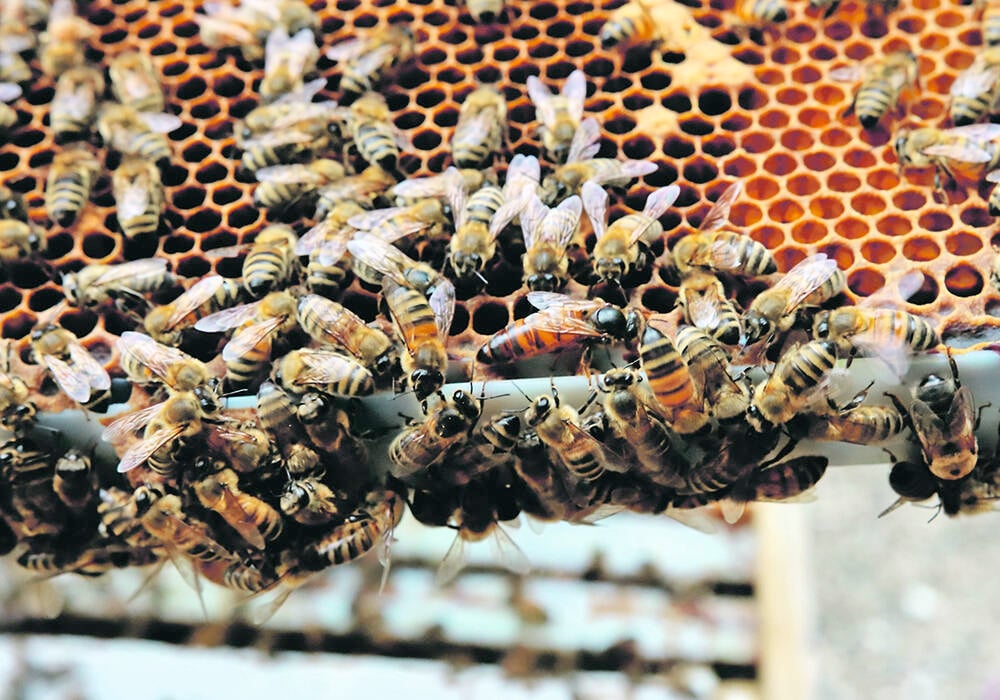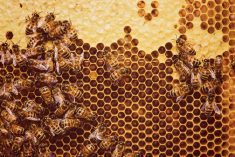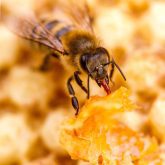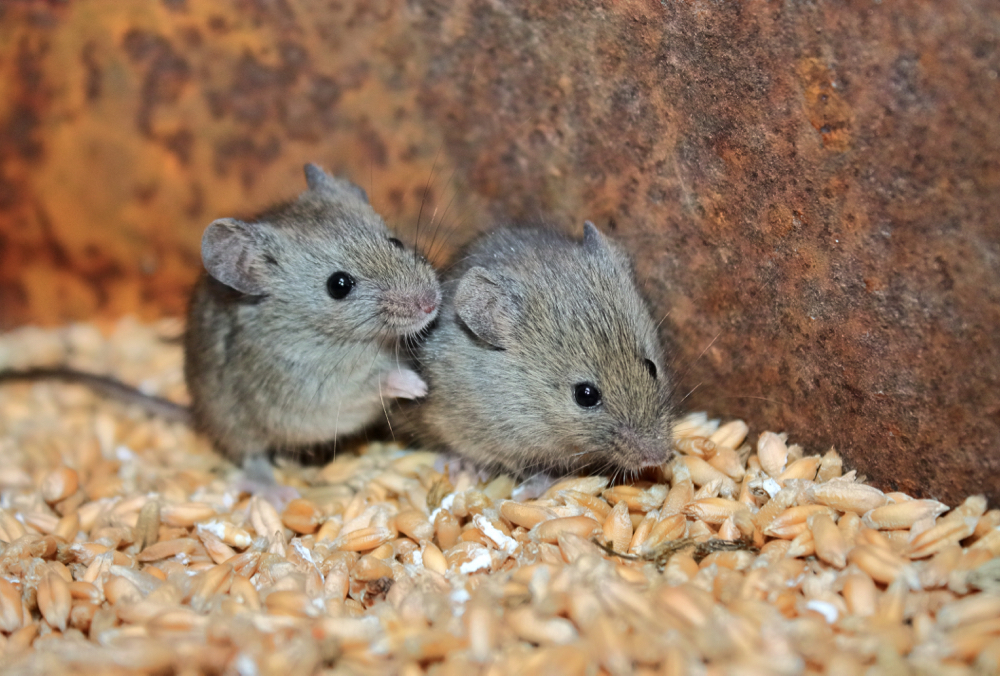Last year, varroa mites reached Australia.
The parasites are notorious in beekeeping circles, and an established population would have significant implications for agricultural food security in Australia, as honeybees are vital for the pollination of many crops.
But while Australia is the last continent to be invaded by the mite, it has an opportunity to be the first to eradicate it.
Read Also

Tougher antibiotic rules linked to bee death rise
New research from University of Guelph shows honeybee deaths went up as antibiotic usage went down following Canada’s adoption of tighter rules, part of the effort against antimicrobial resistance.
Varroa destructor is a small mite that attaches to bees and eats their “fat body,” the insect equivalent of a liver. This weakens bees, reduces their lifespan and increases disease spread.
This might be Australia’s best chance to collect important data on how parasites evolve, why varroa mites are so damaging for honeybees, and how they impact other insects and the environment.
Australia is close to countries that have the mite, including New Zealand, Papua New Guinea, Timor-Leste and Indonesia.
Previous invasions have been successfully eradicated before establishing, but last year, the mite managed to spread locally in Australia’s southeast. Officials have been contact tracing and culling hives in contaminated areas, and the spread has been slow so far.
Wild honeybees, however, could act as a reservoir for the mites and are much harder to trace and control. Officials are tackling this with a wild honeybee baiting program.
Australia is different from other varroa-infected regions of the world. The incursion was smaller, it was identified early and the management zone is small enough to be feasibly eradicated.
Even if the mites spread in Australian landscapes, hopes are that the pace of the spread may be slower in Australia than it was in other regions due to the smaller incursion, the colossal eradication effort and large tracts of land that are inhospitable to honeybees.
Managed honeybee populations are concentrated around coastal regions or in major rural food-bowl regions where pollinator-dependant crops (such as almonds, blueberries and apples) are located.
This gives Australia a chance to prevent the spread of varroa mites across the inland portion of the country, where there are no honeybees.
Most of the world has already spent the last few decades trying to minimize varroa mite management costs. As a nation, Australia has the chance to initiate a fresh and co-ordinated management response. The country could organize state-wide integrated pest management approaches and treatment regimens to prevent resistance to chemical treatments from developing rapidly.
In short, there are good reasons to remain positive about the future of Australian beekeeping and horticultural industries, but there is still much work for the research community to do.
– The authors are with Monash University, Australian National University, University of Sydney. Western Sydney University and Macquarie University, respectively. This article first appeared in the Conversation, by Reuters.















